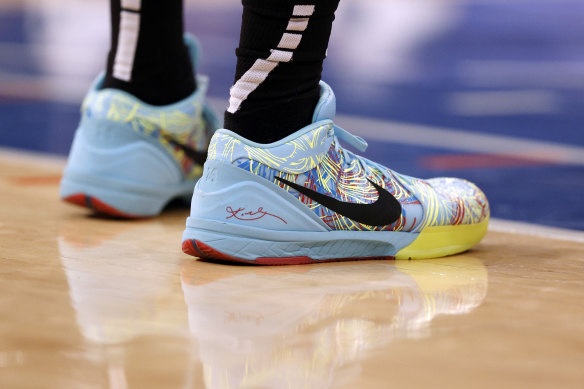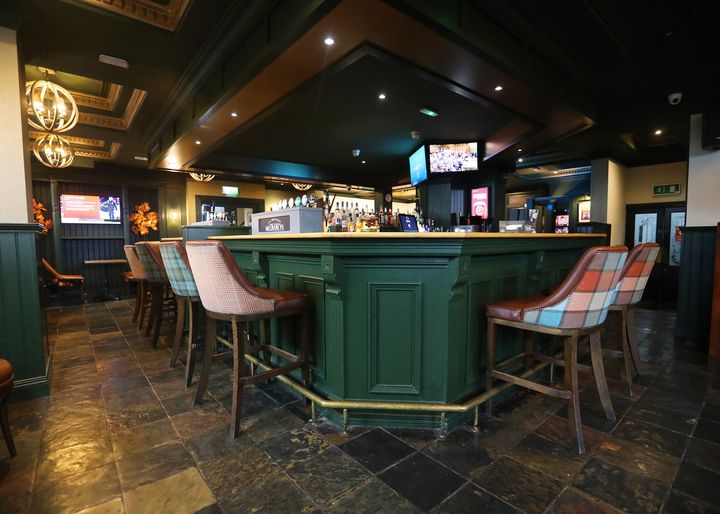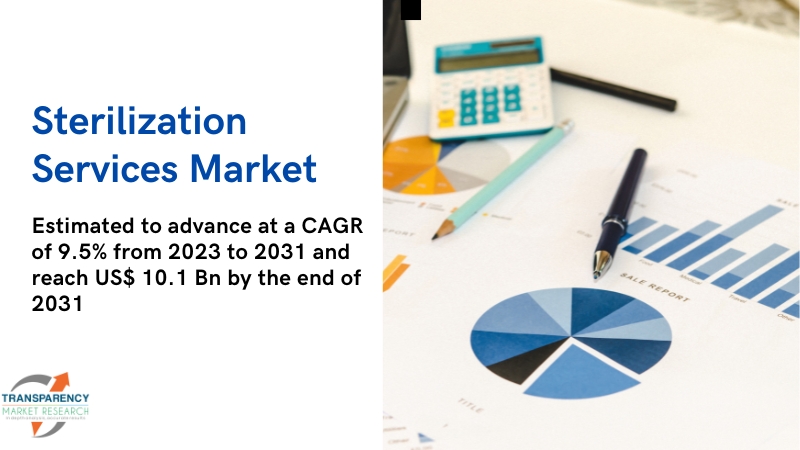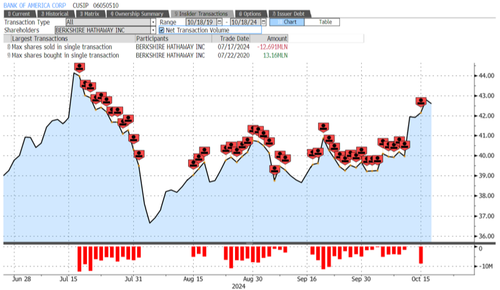
Nike’s profits in Australia slid over the past year as the global shoe brand fights to win back its cultural cachet after a string of strategic missteps saw it lose market share to competitors like New Balance and On Running. The sneaker giant’s Australian operations posted just under $922.7 million in sales for the 12 months to May 31, down from $941.
7 million the year before. Profit after tax dipped from $14.6 million to $13.
2 million, according to its latest financial report filed to the corporate regulator. Nike sneakers worn by Kyle Anderson, of the Minnesota Timberwolves. Credit: Getty Images “The numbers are what we would say are pretty flat or pretty ordinary, which I think mirrors a lot of what we’re seeing, particularly with a lot of apparel and footwear,” said consultancy RetailOasis director Trent Rigby.
“But Nike’s been having quite a bit of problems for quite some time.” The 60-year-old sneaker brand is resetting its global strategy after the board replaced chief executive John Donahoe, a former tech and management consultant, with long-time Nike veteran Elliott Hill. Hill started with the company as an intern in 1988 and had headed global operations for Nike and the Jordan Brand before departing in 2020 when Donahoe was appointed CEO.
John Donahoe, CEO of Nike Inc, at a conference in Sun Valley, Idaho, on July 7, 2022. Credit: Kevin Dietsch/Getty Images Donahoe’s replacement was warmly received by investors, who sent the New York Stock Exchange-listed company’s share price 8 per cent higher after Hill’s appointment was announced. Commentators have attributed Donahoe’s tenure with the company losing focus on its core pillars of product innovation and cutting-edge marketing.
Donahoe, who was CEO of management consultancy Bain & Co for 23 years and former head of eBay, decided to move from distributors and retailers to a direct-to-consumer strategy that saw it lose shelf space to newer, smaller players like Hoka and On Running. “It’s generally underperformed,” said Rigby. “If you look at New Balance, On Running, Adidas, they’re all in growth, whereas Nike has been losing market share.
” In September last year, Donahoe conceded it was struggling to connect with everyday runners. “We’re working hard to better connect with runners in their community,” he told investors in an earnings call. Last December, he announced a $US2 billion ($2.
9 billion) cost-cutting exercise that laid off 1600 workers. On June 28 this year, Nike surprised the market by slashing its revenue forecast to the mid-single digits, leading to its biggest stock price fall – 20 per cent – in history. Since the beginning of the year, Nike’s share price has fallen more than 16 per cent.
“The CEO of Nike doesn’t come from the industry. So, probably he underestimated consumer behaviour and the logic behind the marketplace mechanisms of the sport sneakers and apparel distribution. Or wasn’t aware of them,” wrote Massimo Giunco, a former senior brand director of Nike in Europe, in a lengthy LinkedIn post recently that picked apart Nike’s ailing strategy under Donahoe.
“At the end, he is a poorly advised ‘data-driven guy’.” Despite the series of blunders that have impacted Nike’s position in the global market, the Australian market has been somewhat shielded from the US strategy of reducing its shelf space from local distributors and retailers, according to Rigby. “We haven’t really seen that stuff play out in Australia,” he said.
“They haven’t [pulled out of retailers] anywhere near as aggressively as what they’ve done it in the US. A canvas on the facade of the Centre Pompidou during the 2024 Paris Olympic Games featuring Nike branding. Credit: Bloomberg “We heard rumours that it would happen, but now that it’s been a bit of a disaster and backfired for them in the US, would it still happen in Australia or not, is probably still likely to be seen.
” Like most businesses, Nike Australia’s expenses climbed over the year; distribution costs rose from $69.7 million to $82.2 million and administration costs increased 9.
2 per cent to $97.6 million. In Australia, fashion retail has suffered from cost-of-living pressures that have made consumers reluctant to part with their money and more picky with discretionary purchases.
Many are trading down on everything from pub meals and groceries to luxury electronics and puffer jackets. Smiggle and Peter Alexander operator Premier Investments’s net profits fell 4.9 per cent in the 2024 financial year.
Consumers appear to be swapping higher-end, pricier fashion labels – such as Myer’s in-house brands sass & bide, Marcs and David Lawrence responsible for half of Myer’s 26 per cent profit drop – for more affordable alternatives and “dupes”, if Kmart’s 25 per cent earnings increase is anything to go by. The new global chief executive, Hill, begins in the job on October 14. “The big challenge for them is: will they make Nike cool again?” said Rigby.
Nike Australia was contacted for comment. The Business Briefing newsletter delivers major stories, exclusive coverage and expert opinion. Sign up to get it every weekday morning .
Save Log in , register or subscribe to save articles for later. License this article Retail Fashion retail Jessica Yun is a business reporter covering retail and food for The Sydney Morning Herald and The Age. Connect via Twitter or email .
Most Viewed in Business Loading.














